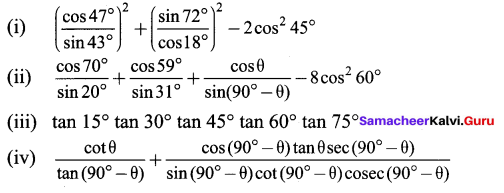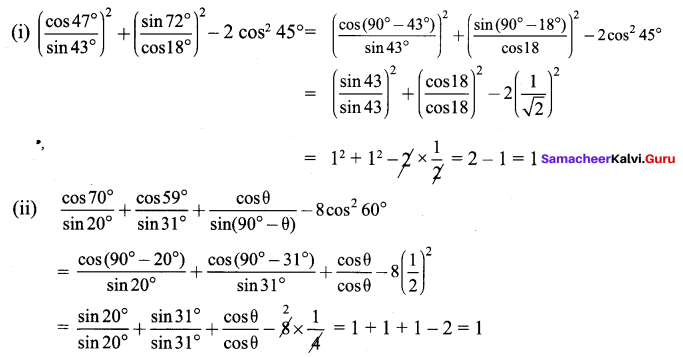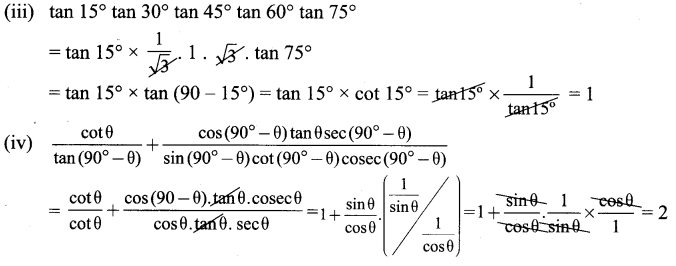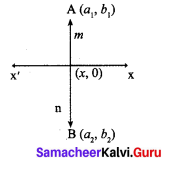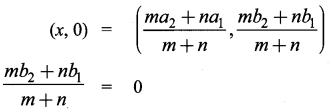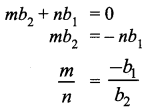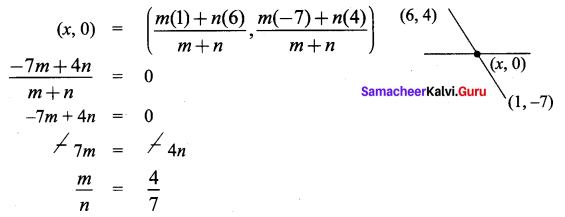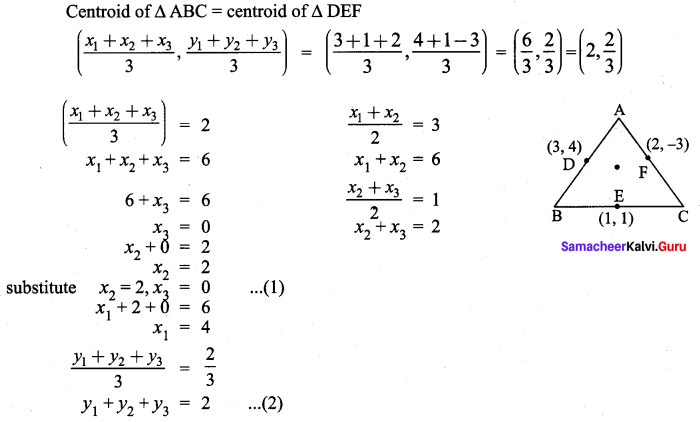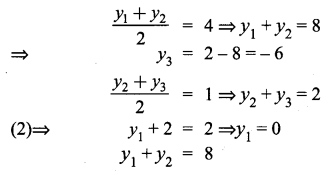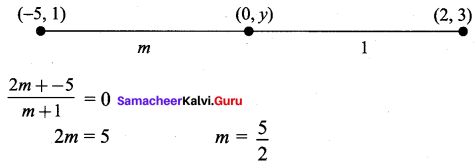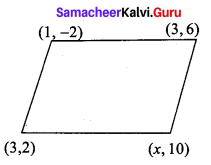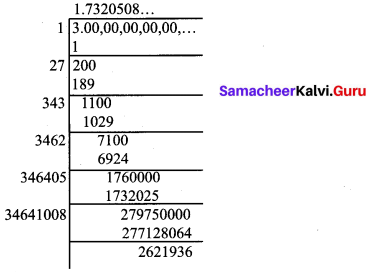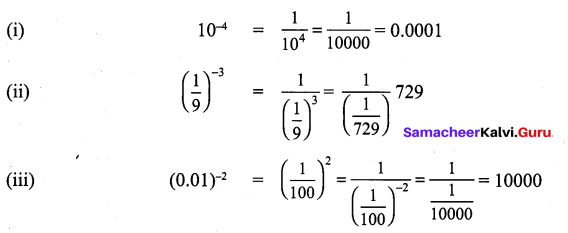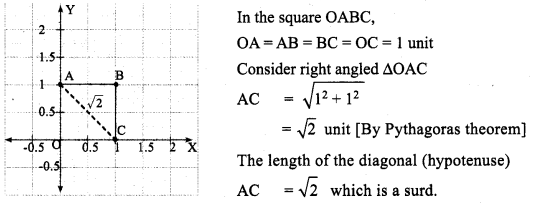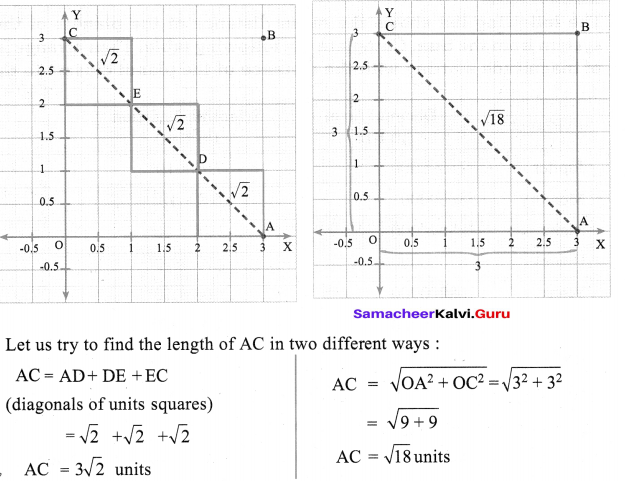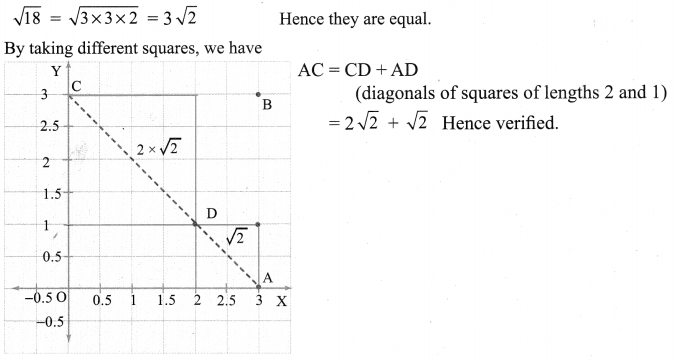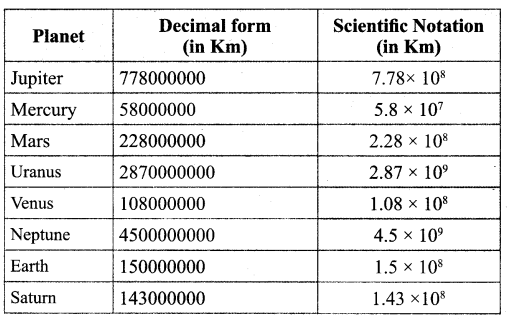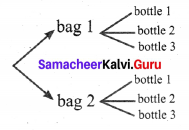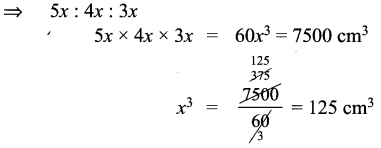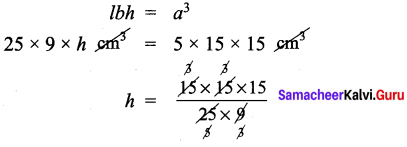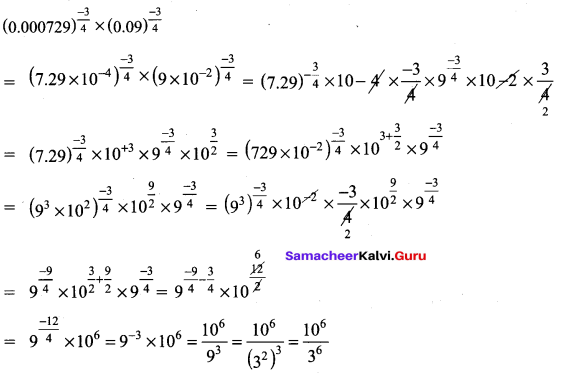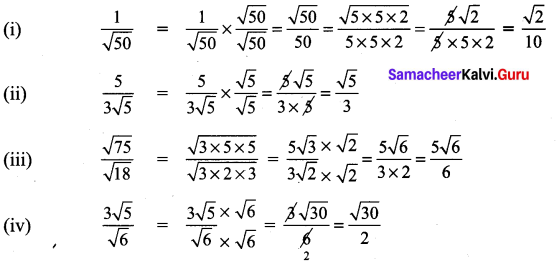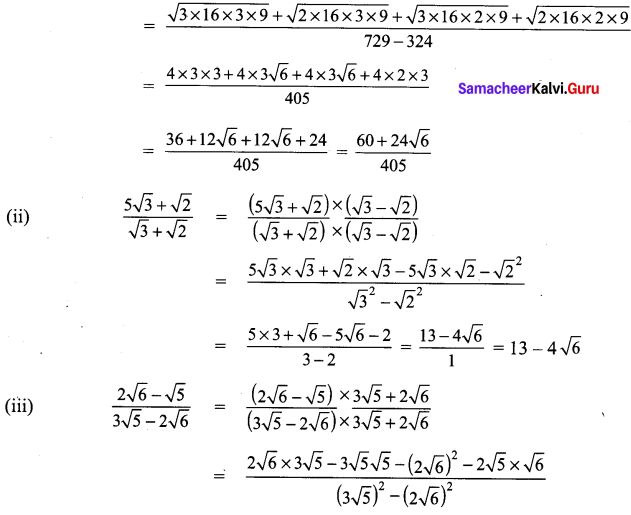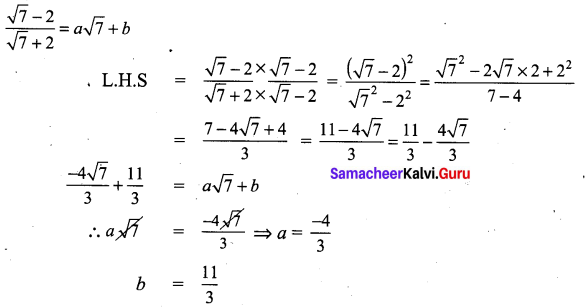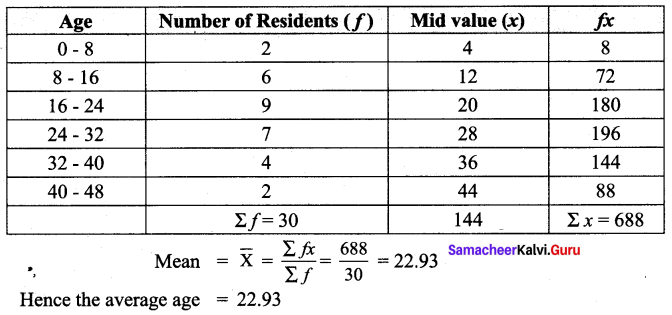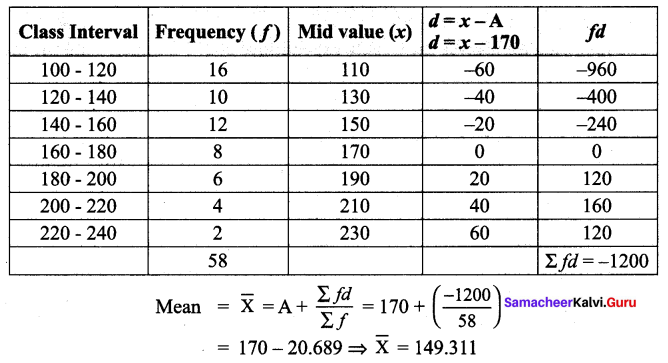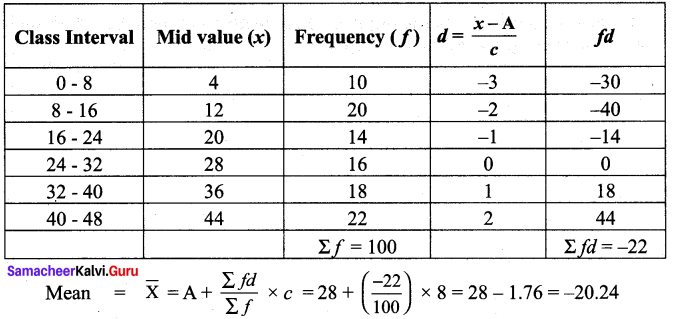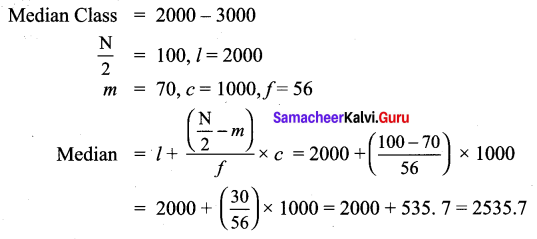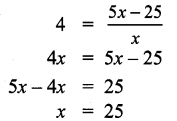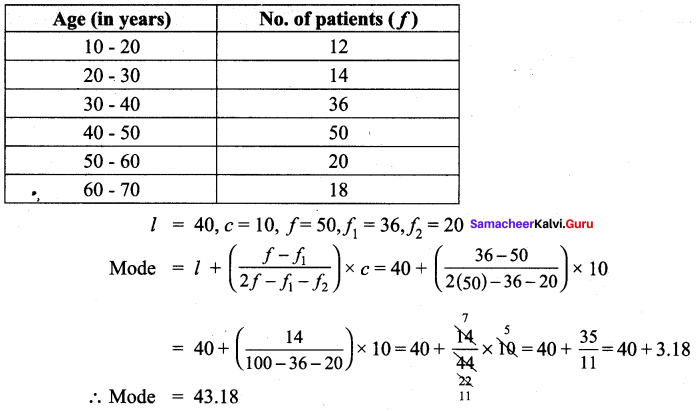You can Download Samacheer Kalvi 9th Maths Book Solutions Guide Pdf, Tamilnadu State Board help you to revise the complete Syllabus and score more marks in your examinations.
Tamilnadu Samacheer Kalvi 9th Maths Solutions Chapter 6 Trigonometry Ex 6.4
Question 1.
Find the value of the following :
(i) sin 49°
(ii) cos 74° 39′
(iii) tan 54° 26′
(iv) sin 21° 21′
(v) cos 33° 53′
(vi) tan 70° 17′
Solution:

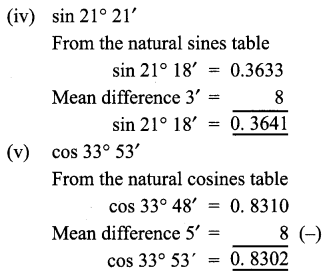
![]()
Question 2.
Find the value of θ if
(i) sin θ = 0.9975
(ii) cos θ = 0.6763
(iii) tan θ = 0.0720
(iv) cos θ = 0.0410
(v) tan θ = 7.5958
Solution:
(i) From the natural sines table

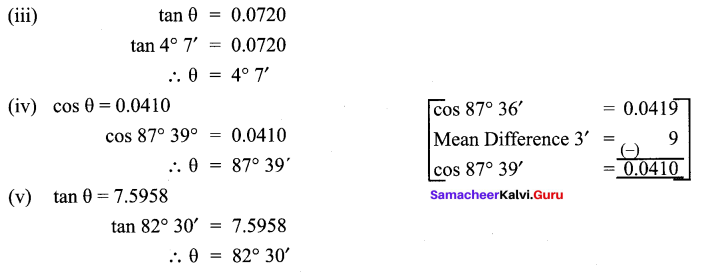
Question 3.
Find the value of the following :
(i) sin 65° 39′ + cos 24° 57′
(ii) tan 70° 58′ + cos 15° 26′ – sin 84° 59′
Solution:
(i) = 0.9111 + 0.9066 + 0.1793 = 1.9970
(ii) = 2.8982 + 0.9639 – 0.9962 = 3.8621 – 0.9962 = 2.8659
Question 4.
Find the area of a right triangle whose hypotenuse is 10cm and one of the acute angle is 24° 24′
Solution:
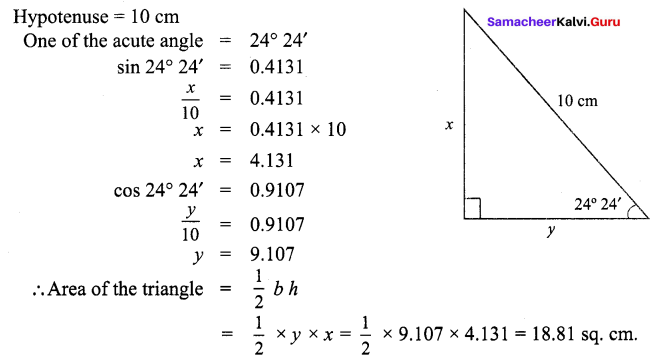
![]()
Question 5.
Find the angle made by a ladder of length 5m with the ground, if one of its end is
4m away from the wall and the other end is on the wall.
Solution:
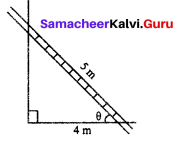
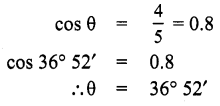
Question 6.
In the given figure, HT shows the height of a tree standing vertically. From a point P, the angle of elevation of the top of the tree (that is ∠P) measures 42° and the distance to the tree is 60 metres. Find the height of the tree.
Solution:

![]()
